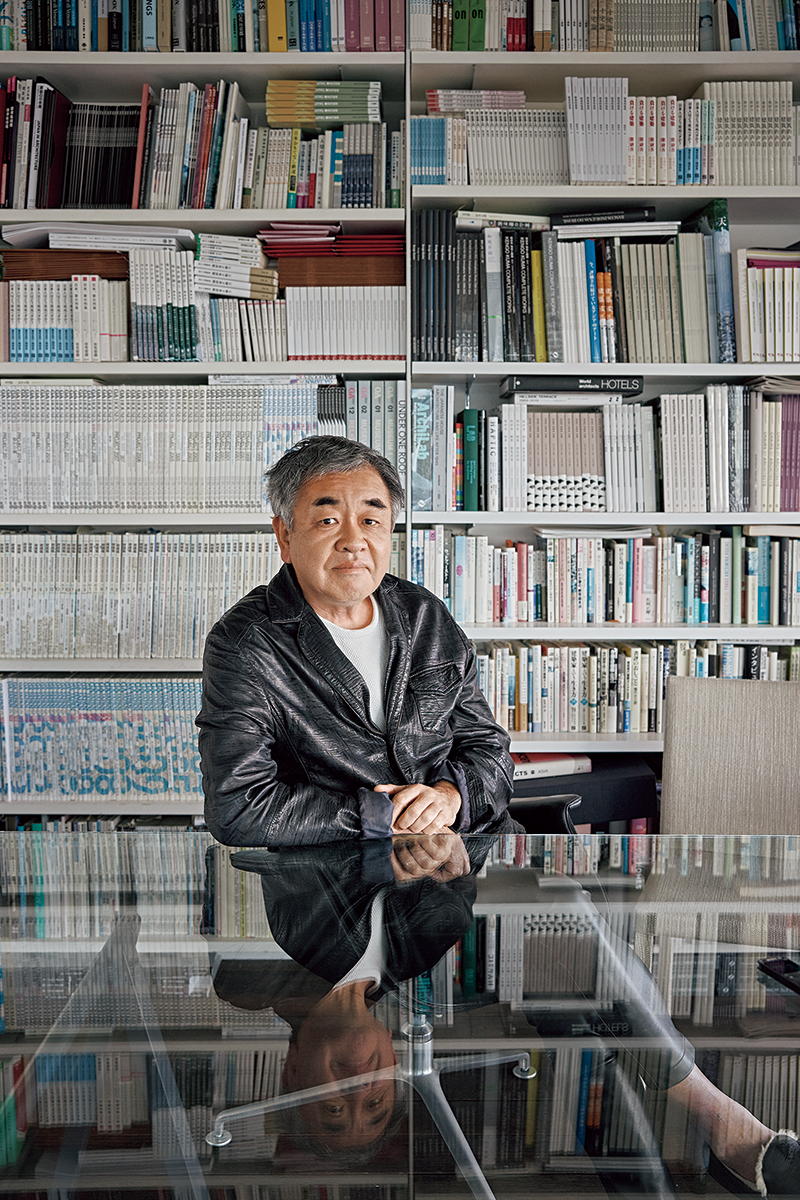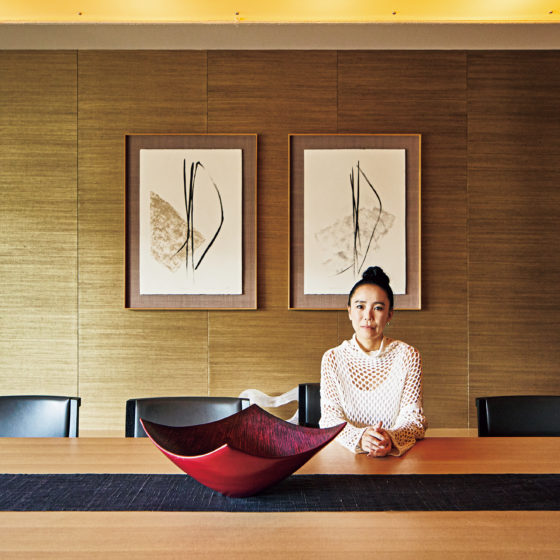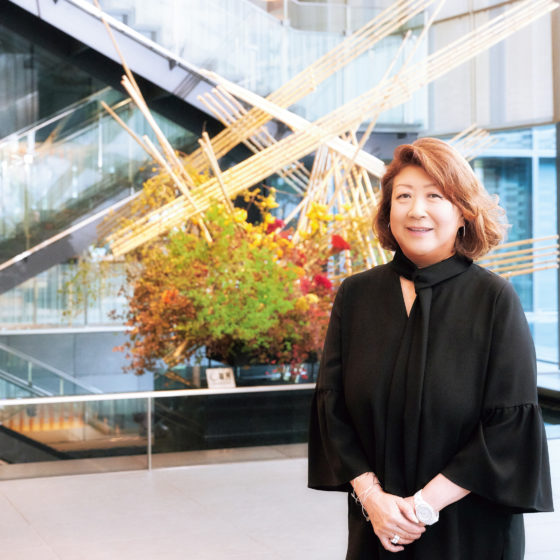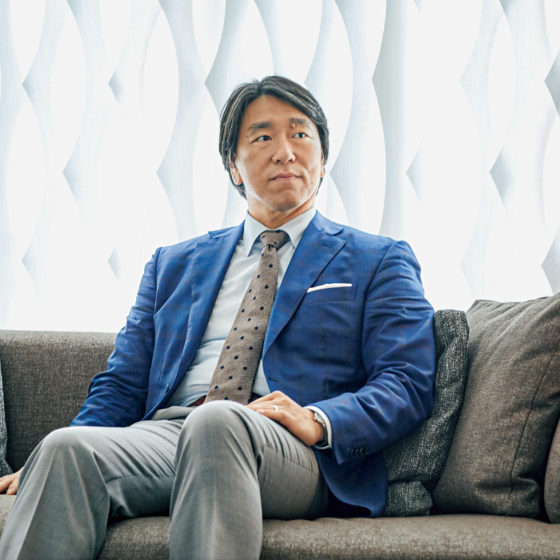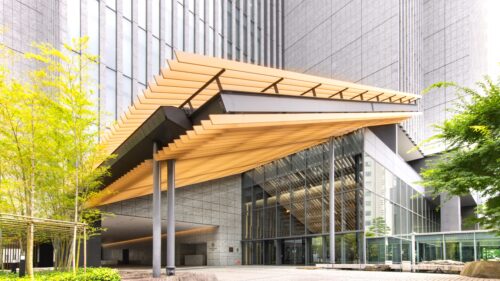- The interview was conducted at Mr. Kuma’s Aoyama office in a room with a lovely view. Despite the current chaos around the world, this architect sees an exciting future for cities.
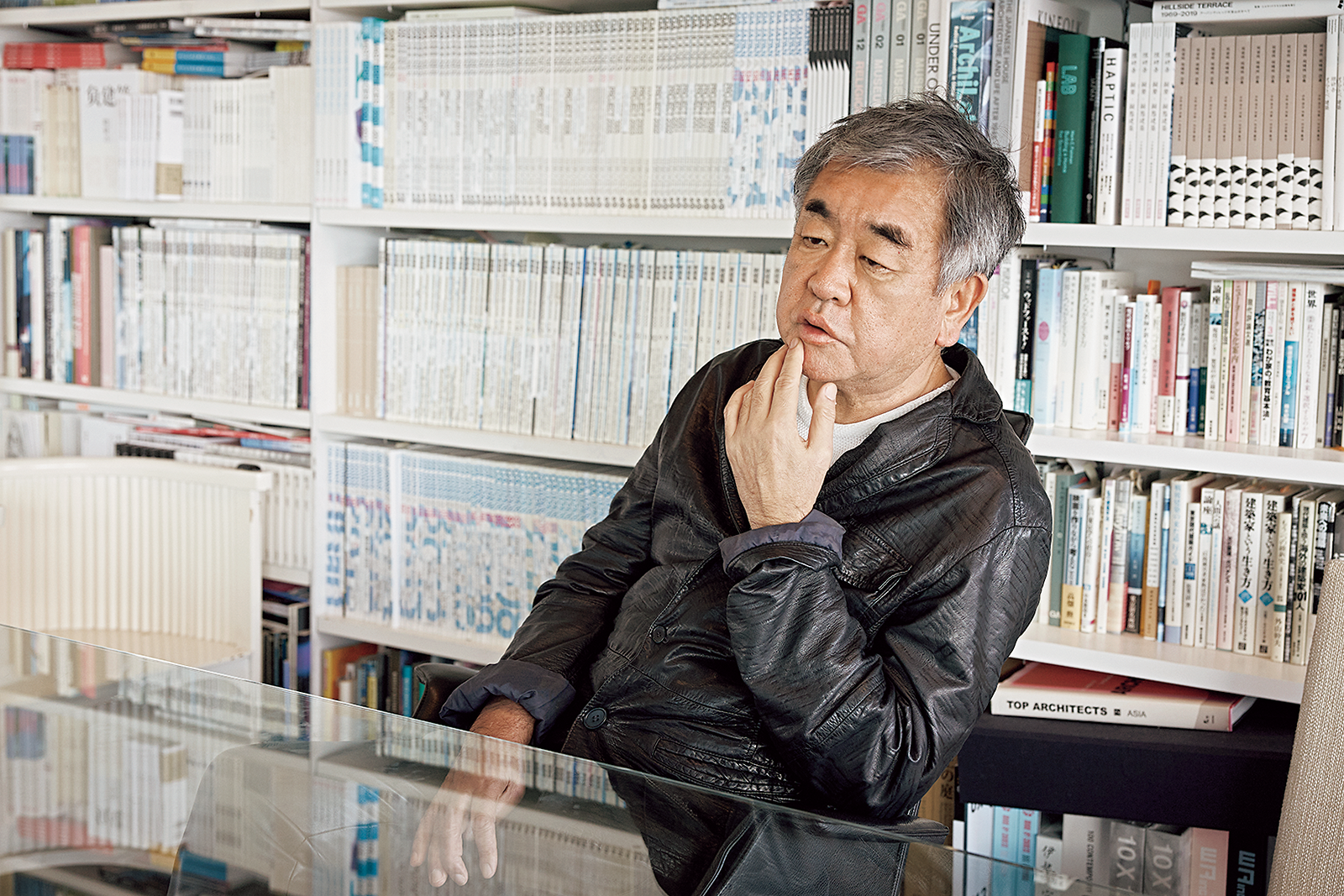
- When I started my architectural firm during the bubble period in the 1980s, I didn’t think I’d ever use wood as a prominent feature. I grew up in an old wooden house, and while I did think that "shabbiness" was kind of cool, I never imagined that would become a theme for me-that I’d be able to modernize it.
- I think that incorporating that concept into a new creation is what I’m trying to do. By “shabbiness” I mean that feel of something that’s age-worn, or a human-like, endearing scale-like the feel that houses had back in the Showa period.
- I doubt anybody, including myself, ever thought it would be possible to bring that into modern architecture. After the bubble burst, I went for 10 years without any work at Tokyo. Going through such a period made me think that I might be able to re-create that shabbiness-that I needed to bring that style back.
- The first time I put wood front and center in a design was a building in the town of Yusuhara in Kochi Prefecture. That experience made me realize how interesting wood could be. It was a big event that stays with me. That was in around 1992, and it took around 20 years for me to really learn how to use wood. Durability is one problem. Wood is, without a doubt, a difficult material to use in modern architecture just because of that.
- Yet wood is being used more and more in urban settings and modern life in general. Large public buildings were once commonly made of concrete and steel. Now, it’s no longer surprising to see wood used in such structures. Not only the structures I’ve been involved with, I could give numerous examples from structures by others, too. I expect this trend will continue for some time.
- Architectual magazines, for example, now increasingly have pages that are in a wood-like brown color. It was a foreign friend who first pointed that out to me. He said that flipping through 20th century Japanese architectural magazines would show nothing but concrete and steel buildings, making them seem to have been printed in black and white even though they were color publications. But flip open a recent magazine, he said, and wood tones are everywhere. It’s not just architectural magazines, either-wood products have become quite common in design magazines, as well.
- I see this as being a turning point in human history. After all, we’ve been building things from concrete and steel for so long. In a sense, people are returning to their roots.
- That is to say, roots from a very distant past, way back when humankind arose from the forests. Up until the 19th century, people only used the materials that came from their region, no matter where they were in the world. People made their own homes out of the nearby stone, soil, and trees. Go back even further and you arrive at the origin of humankind, when we were born from the forests.
- Our most primitive ancestors saw trees as their closest companions and protectors. Now, it seems like we are harkening back to that primordial memory.
- Perhaps the sense of peace and comfort we get from the texture and feel of wood comes from that distant memory.
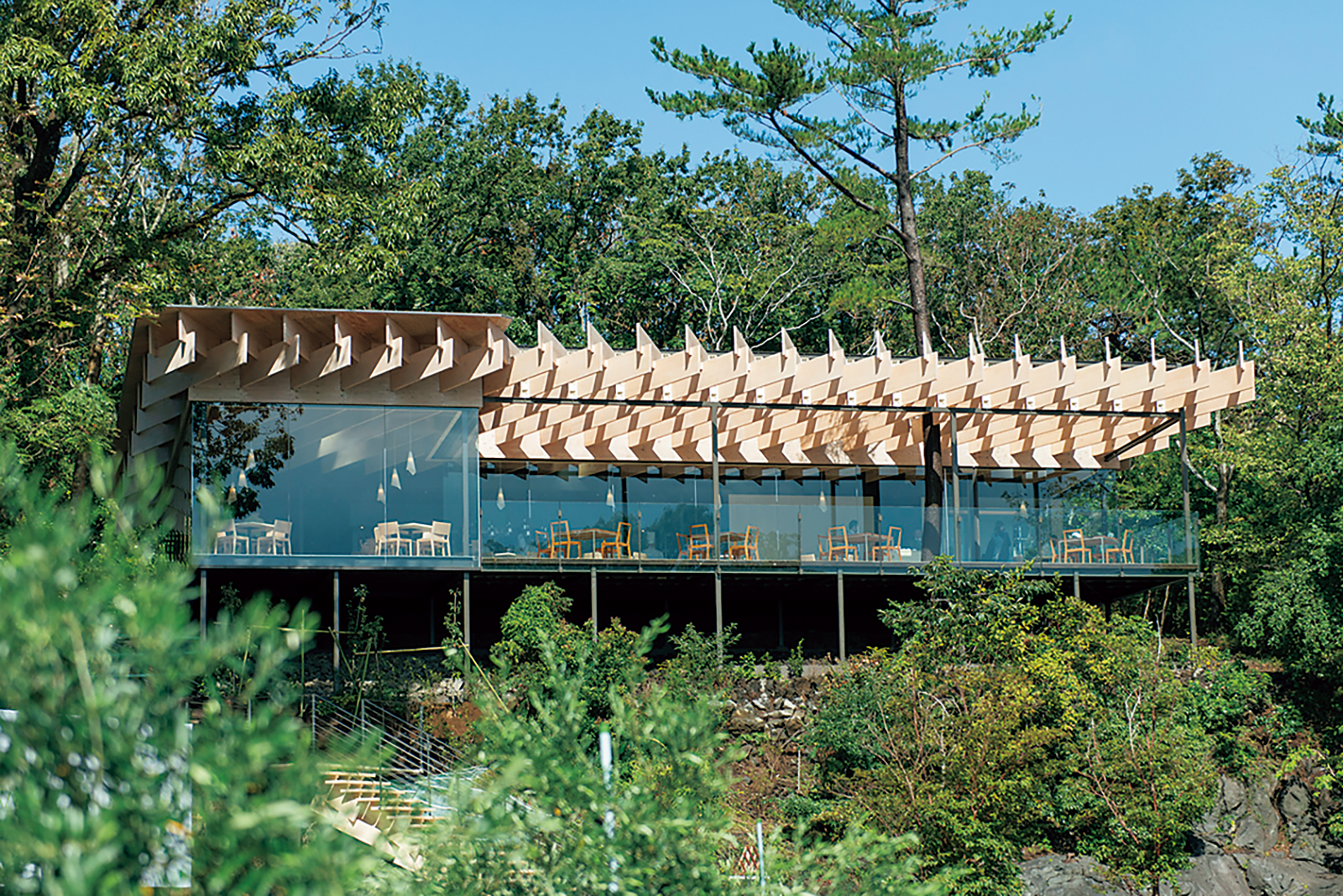
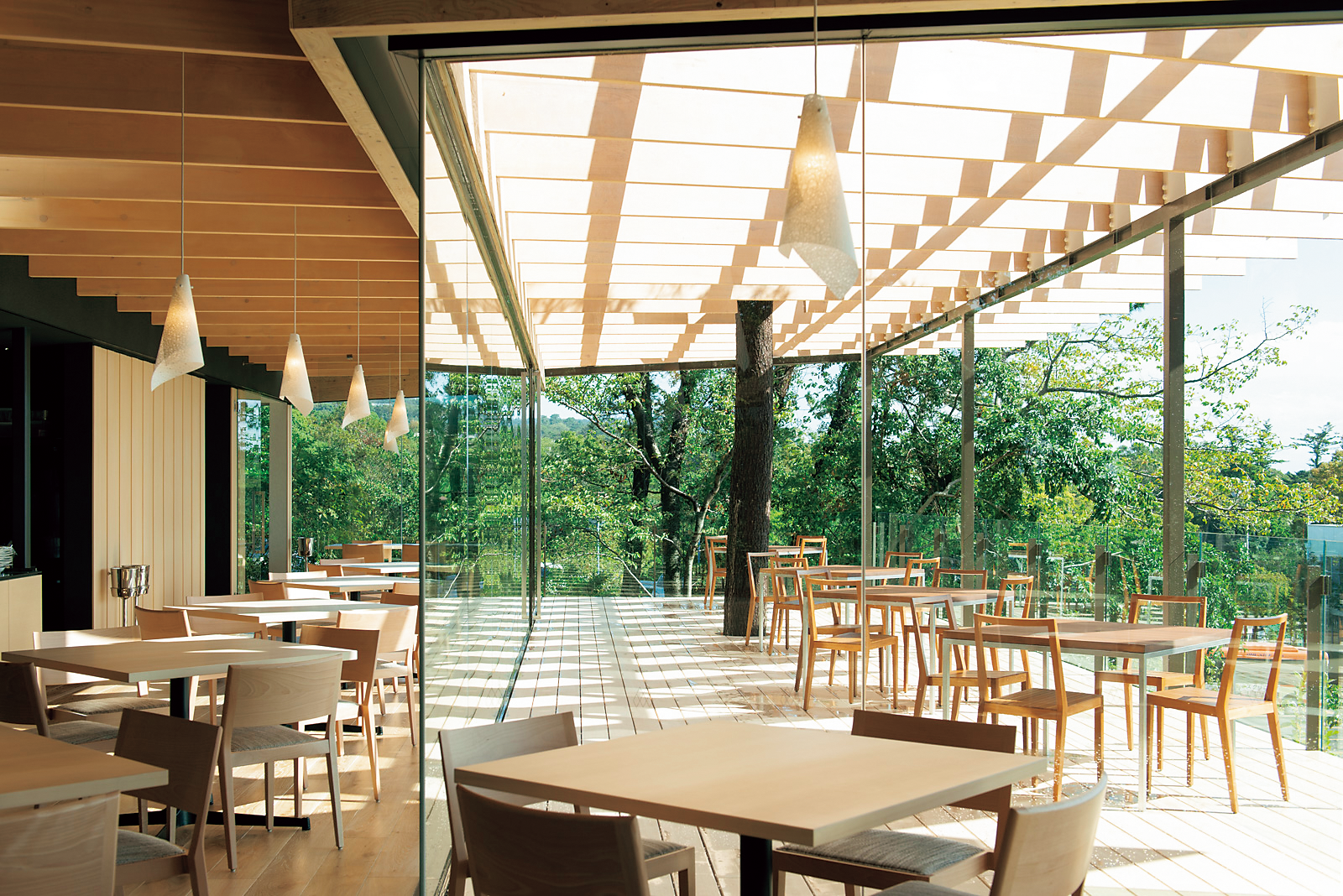
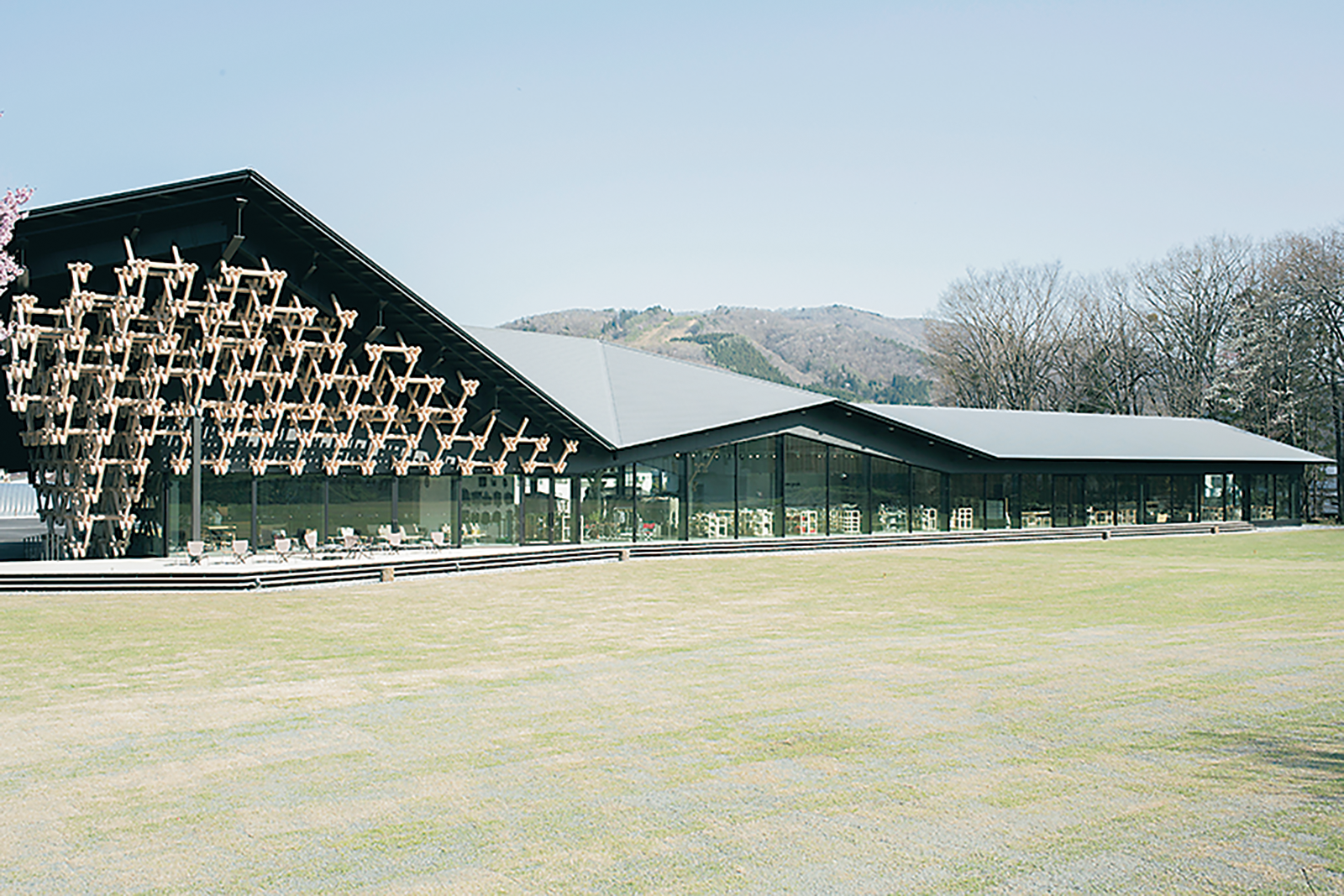
Tokyo becomes a much different place
when experienced mostly on foot.
- It’s rather interesting that this trend started in Japan. I’m talking about things like how Japan mastered even concrete, as evidenced by Tadao Ando’s unfinished concrete. Le Corbusier also used concrete, but he stopped short of achieving greatness with the texture. That was something Ando did.
- Japanese have this inclination to develop ideas based on materials. Rather than creating something amazing from a material, we tend to pursue the quality of the material itself.
- For example, Japanese obsess about things like achieving the very best flavor in tofu. We tend to take things to a degree not expressible in words.
- And we are very good at it. It’s something we should be prouder of.
- I often want to use wood for areas close to the ground. In the case of The Capitol Hotel Tokyu, I used wood for the lobby area and stone on the upper floors. It’s important to have wood near the surfaces on which we walk.
- Even places such as the valleys between buildings feel better to walk through when there are wood textures and greenery. It’s the same with buildings. In buildings, something I’ve experienced many times is how the presence of a single tree completely changes the feel of an entire space. I’ve wondered at the nature of that magical power.
- Maybe it was some sort of inevitability that wooden architecture would spread from Japan to the world. Tokyo’s scenery is changing as a result of this. I think it will continue to change. It’ll become a nicer place to live, and a more enjoyable place to walk around.
- The importance of walking is something people will mention more often. Walking gets us into a rhythm and puts our physical systems in order. We can also keep our distance from others when walking. We stay healthy by walking around the city. Practicing urban design from that perspective leads to a respect for the feeling that walking gives us.
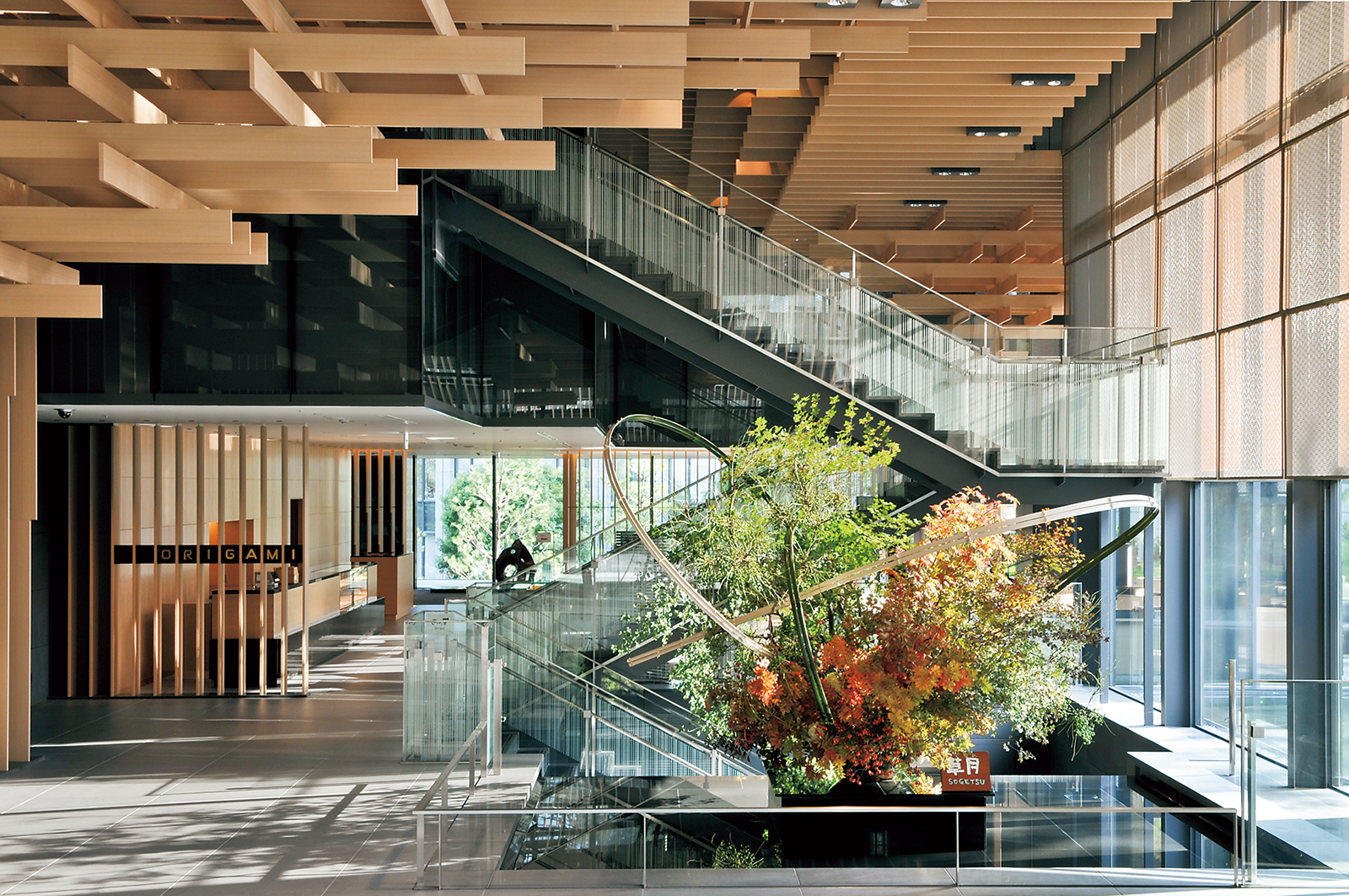
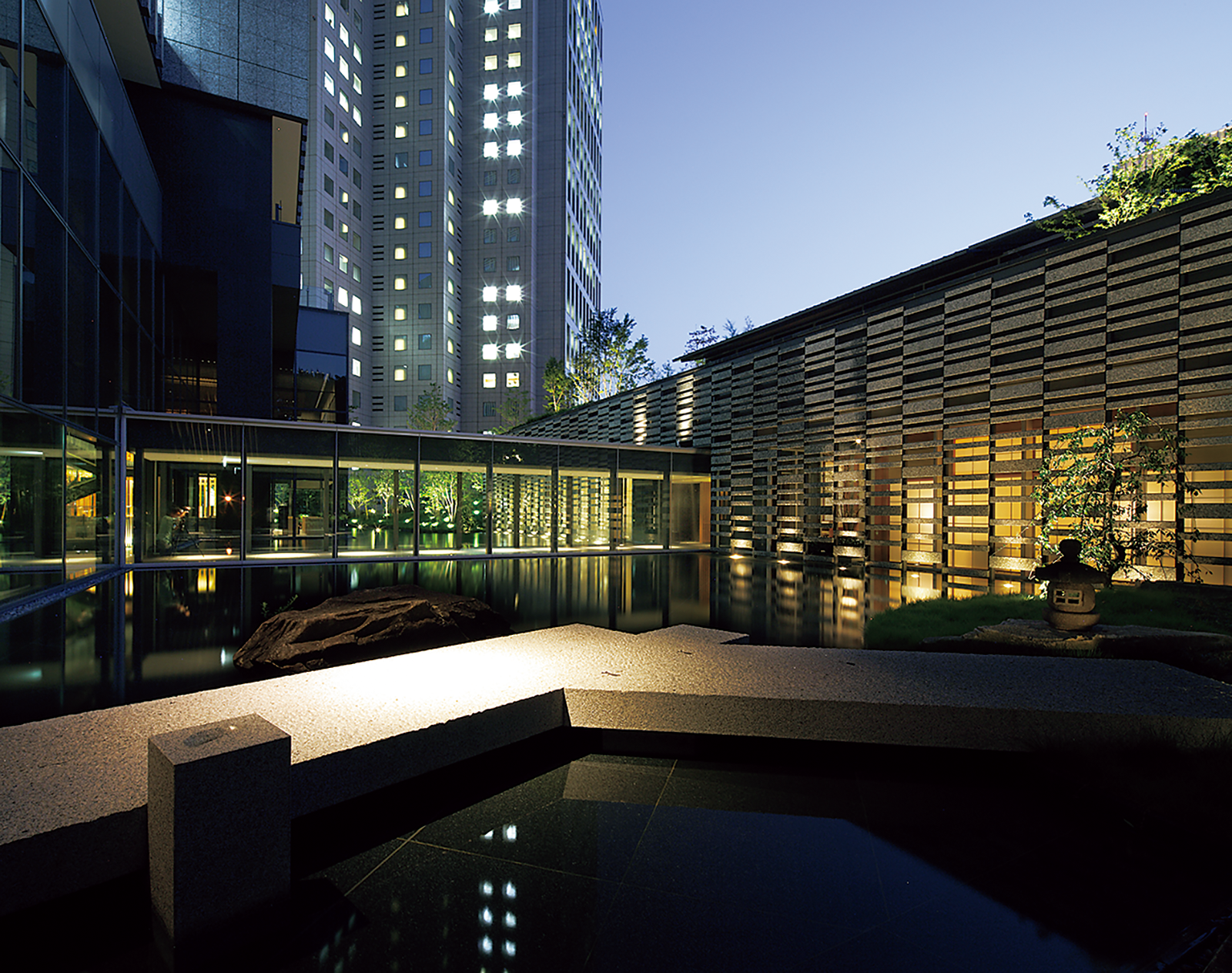
- Edo (the former name of Tokyo) was designed around walking. That made it very densely populated but also a very human place. When the automobile came along, Edo’s greatness was lost.
- I usually get around on foot when overseas. When I’m in Paris, I often take an hour to walk to meeting places. I always walk from the hotel I’m staying at to the office, and almost always to restaurants, as well. Walking around just gives me a better sense of the city.
- But I don’t do much walking in Tokyo. The environment on the ground is not as enjoyable as it is in Paris. Still, I imagine people will start to reconsider walking given the times we now find ourselves in. When the world becomes a place where people mostly walk, I’m sure Tokyo will change in many ways. That’s because Japanese are good at probing deeply into the feel of things. Maybe that will lead to a Tokyo where walking is the norm.



